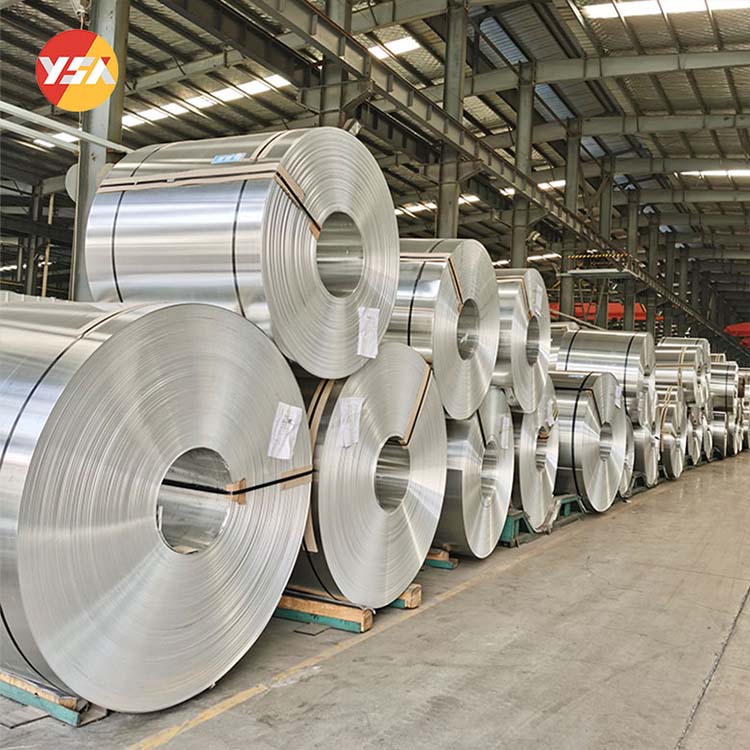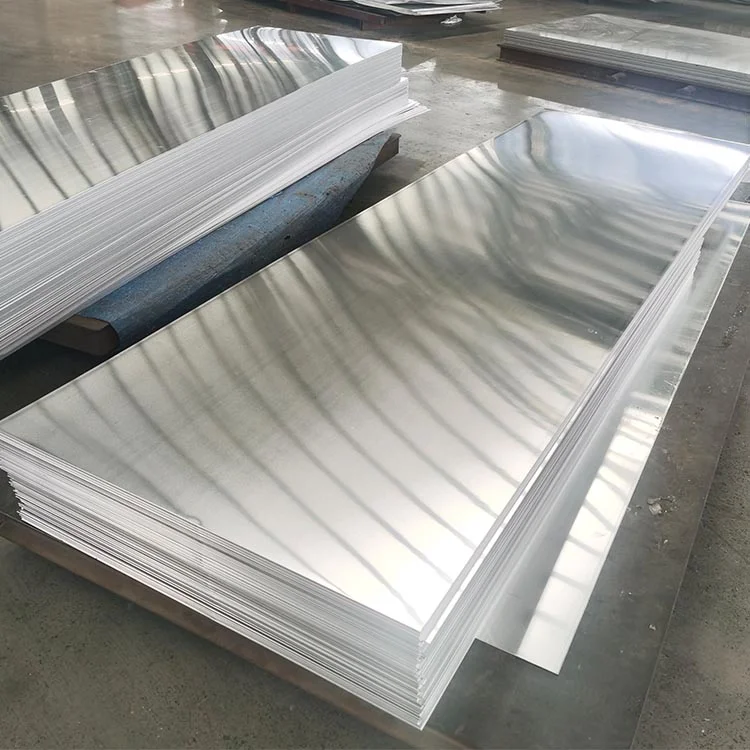Common Quality Defects in Aluminum Foil
Aluminum foil, being a prevalent packaging material, may encounter various quality defects during manufacturing and usage. Below are some common quality defects observed in aluminum foil Bubbles and Pores Improper control during aluminum foil production or contamination from external sources can lead to the formation of bubbles or pores on the surface. These bubbles and pores may affect the sealing performance and overall appearance quality of the aluminum foil. Dents and Wrinkles Aluminum foil may experience compression or stress during processing and transportation, resulting in dents or wrinkles on the surface. These dents and wrinkles can affect the smoothness and appearance quality of the aluminum foil. Impurities and Stains Impurities …


